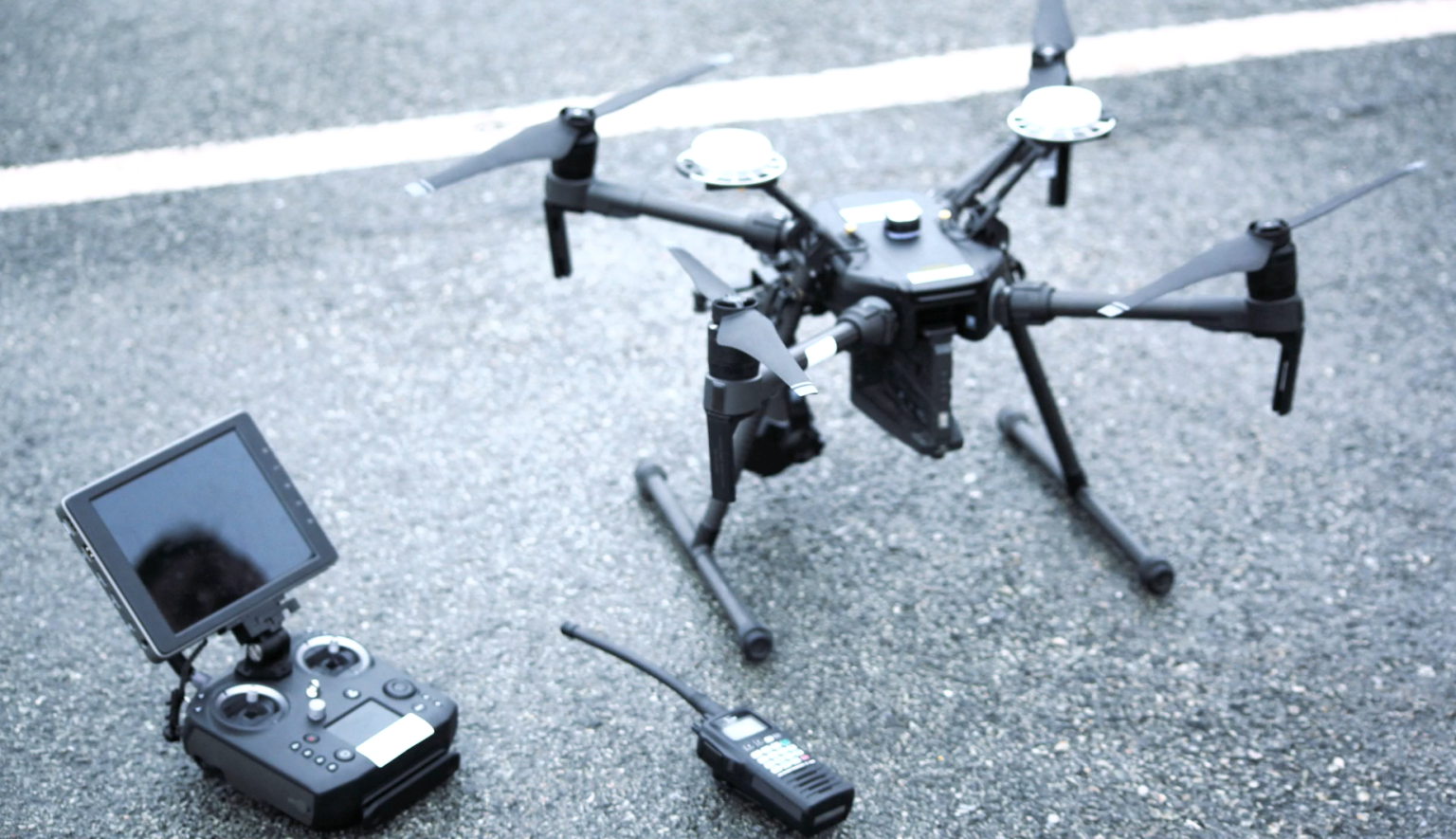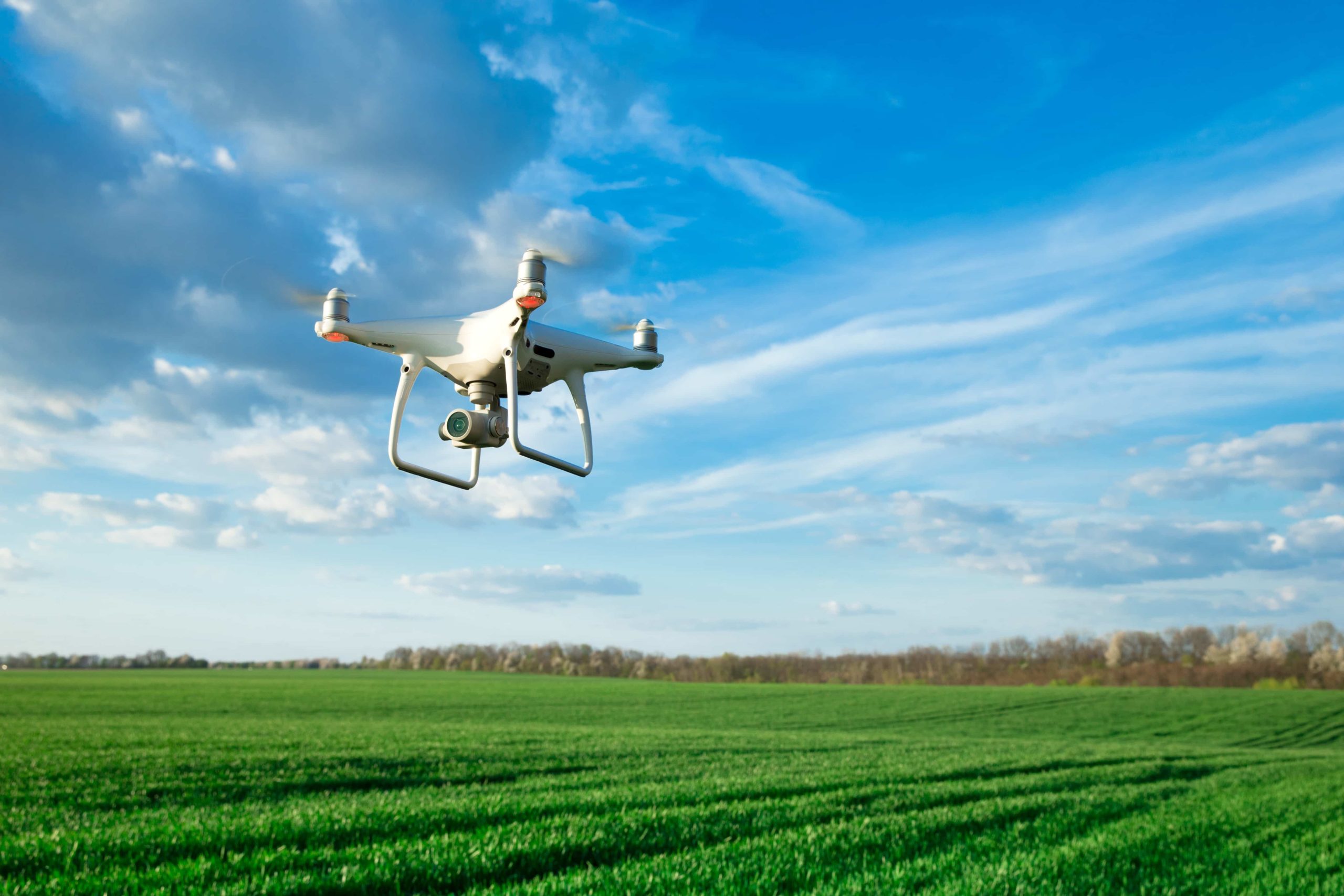Sky elements drones are revolutionizing how we observe and understand our atmosphere. From monitoring weather patterns and air quality to capturing breathtaking aerial views, these unmanned aerial vehicles (UAVs) equipped with advanced sensors are providing unprecedented insights into the complexities of the sky. This exploration delves into the technology, applications, and data analysis techniques associated with utilizing drones for detailed sky observation.
This detailed examination covers various aspects, including identifying sky elements in drone footage, the technology behind drone-based sky observation, data analysis methodologies, practical applications across diverse fields, and compelling illustrative examples. The aim is to provide a comprehensive overview of this rapidly evolving field, highlighting its potential for scientific discovery and practical applications.
Sky Element Identification in Drone Footage
Drone footage offers a unique perspective for observing and analyzing atmospheric phenomena. The ability to capture high-resolution images and videos from various altitudes provides invaluable data for meteorological studies, environmental monitoring, and other scientific applications. This section details the identification of sky elements within drone imagery, considering lighting conditions and various atmospheric phenomena.
Visual Elements in Drone Sky Footage
Drone footage typically captures a wide range of visual elements related to the sky, including various cloud types (cumulus, stratus, cirrus, etc.), atmospheric conditions (fog, haze, mist), and lighting effects (sun glare, shadows). The resolution and sensor capabilities of the drone camera significantly influence the detail captured in the imagery.
Sky elements drones are revolutionizing aerial displays, offering breathtaking possibilities for choreographed light shows. For a prime example of this technology in action, check out the spectacular visuals at the florida drone show , showcasing the latest advancements in drone technology. The innovative designs and capabilities on display highlight the exciting future of sky elements drones and their potential for creative expression.
Lighting Conditions and Sky Element Representation
Lighting conditions profoundly affect the visual representation of sky elements. Direct sunlight enhances cloud details and texture, while overcast conditions create a more diffuse and less contrasting image. The angle of the sun relative to the drone’s position also influences shadow patterns and the overall brightness of the scene. Low-light conditions, such as dawn or dusk, can introduce challenges in capturing clear images, potentially requiring adjustments to camera settings or the use of specialized low-light sensors.
Identifying Cloud Types from Drone Images
Identifying cloud types from drone images involves careful observation of their shape, texture, altitude, and associated atmospheric conditions. Cumulus clouds, for instance, are characterized by their puffy, cotton-like appearance, while stratus clouds form a continuous layer. Cirrus clouds are thin and wispy, appearing high in the atmosphere. Using cloud identification guides and referencing meteorological resources can significantly aid in accurate classification.
Visual Characteristics of Atmospheric Phenomena
| Phenomenon | Visual Characteristics (Drone Footage) | Impact on Visibility | Associated Conditions |
|---|---|---|---|
| Fog | Reduced visibility, diffuse lighting, gray or white appearance, often obscuring distant objects. | Significantly reduced | High humidity, low temperature |
| Haze | Mild reduction in visibility, slightly blurred appearance, often with a bluish or grayish tint. | Moderately reduced | Dust, smoke, or pollutants in the air |
| Rainbow | Multicolored arc appearing opposite the sun, formed by refraction and reflection of sunlight in water droplets. | No impact | Rain or water droplets in the atmosphere, sunlight |
| Mist | Similar to fog but with less dense concentration of water droplets, allowing for greater visibility. | Slightly reduced | High humidity, light winds |
Drone Technology and Sky Observation
The capabilities of drones for sky observation are largely determined by the sensors and cameras they utilize. Different platforms are suited to specific applications, each with its own advantages and limitations.
Drone Sensors and Cameras for Sky Observation
Drones used for sky observation often employ high-resolution cameras, capable of capturing detailed images and videos. Some drones also incorporate specialized sensors such as multispectral or hyperspectral cameras for detailed atmospheric analysis. LiDAR (Light Detection and Ranging) sensors can provide three-dimensional data about cloud structures and atmospheric layers.
Advantages and Disadvantages of Drone Platforms
Smaller, lightweight drones offer greater maneuverability and accessibility for localized sky observations, while larger drones with longer flight times are better suited for broader area coverage. However, larger drones are less portable and require more extensive safety precautions. The choice of platform depends heavily on the specific application and operational environment.
Limitations of High-Altitude Observation
The altitude limitations of most commercially available drones restrict their ability to observe high-altitude atmospheric phenomena. Reaching the upper troposphere or stratosphere requires specialized high-altitude platforms, often exceeding the capabilities of standard consumer-grade drones. This limitation necessitates the use of alternative technologies like weather balloons or satellites for high-altitude atmospheric studies.
Safety Protocols for Drone Operation in Diverse Sky Conditions
- Always check weather conditions before flight, avoiding strong winds, heavy rain, or low visibility.
- Maintain a safe distance from obstacles and other aircraft.
- Use appropriate safety gear, including protective eyewear and clothing.
- Ensure the drone’s battery is adequately charged and monitor its status throughout the flight.
- Follow all local regulations and guidelines for drone operation.
Data Analysis from Drone Sky Imagery

Extracting meaningful data from drone-captured sky imagery requires systematic processing and analysis techniques. These techniques range from simple visual inspections to complex computational methods.
Processing and Analyzing Drone Sky Imagery
Processing drone sky imagery typically involves steps such as image calibration, noise reduction, and geometric correction. Specialized software packages are often used for these tasks, providing tools for enhancing image quality and facilitating data extraction. Techniques such as image segmentation and classification are employed to identify specific sky elements and atmospheric phenomena.
Identifying and Tracking Objects in the Sky
Object tracking algorithms can be used to identify and track specific objects within the drone footage, such as birds, aircraft, or weather patterns. These algorithms analyze changes in object position and appearance over time, providing valuable data for various applications. Machine learning techniques can enhance the accuracy and efficiency of object tracking.
Workflow for Analyzing Large Datasets
Analyzing large datasets of drone sky imagery often involves a structured workflow. This may include data preprocessing, feature extraction, model training (if machine learning is used), and result visualization. Cloud computing resources can be essential for handling the computational demands of large-scale data analysis.
Calibrating Drone-Based Sky Observation Data
Calibrating drone-based sky observation data ensures accuracy and reliability. This process typically involves:
- Determining the drone’s position and orientation using GPS and IMU data.
- Correcting for lens distortion and other camera-related errors.
- Georeferencing the imagery to align it with geographic coordinates.
- Applying atmospheric corrections to account for scattering and absorption of light.
- Validating the calibrated data using ground truth measurements or other independent data sources.
Applications of Sky Element Drones
Drones are increasingly used in a wide range of applications involving sky observation and data collection. Their versatility and cost-effectiveness make them valuable tools for various scientific and commercial purposes.
Meteorological Studies
Drones are used in meteorological studies to gather data on atmospheric conditions, such as temperature, humidity, wind speed, and cloud properties. They provide a cost-effective and flexible alternative to traditional methods like weather balloons and ground-based sensors, enabling researchers to collect data from specific locations and altitudes.
Sky elements drones offer a versatile platform for aerial photography and data acquisition, expanding the possibilities for various applications. For breathtaking high-altitude perspectives, consider the stunning imagery captured by the cobequid pass camera , a testament to the power of advanced drone technology. This showcases the potential of sky elements drones to capture truly remarkable visuals from challenging locations.
Environmental Monitoring

Drones play a crucial role in environmental monitoring by assessing air quality and tracking pollution sources. Equipped with specialized sensors, drones can measure pollutant concentrations and map pollution plumes, providing valuable data for environmental management and regulatory agencies.
Astronomical Phenomena Studies, Sky elements drones
While limited by altitude, drones can contribute to the study of astronomical phenomena by capturing images and videos of nighttime events, such as meteor showers or auroras. Their ability to capture high-resolution images in low-light conditions offers a unique perspective for astronomical observation.
Aerial Photography and Videography
Drones offer a unique perspective for aerial photography and videography, capturing stunning views of landscapes and skies. Compared to traditional methods like airplanes or helicopters, drones provide greater accessibility, maneuverability, and cost-effectiveness. The resulting imagery can be used for various purposes, from tourism promotion to environmental documentation.
Illustrative Examples of Drone Sky Imagery: Sky Elements Drones

Drone imagery provides rich visual data that allows for detailed analysis of atmospheric phenomena.
Sky elements drones, with their sophisticated flight control systems, are generally reliable; however, even the most advanced technology can experience unforeseen issues. A recent example highlighting potential challenges is the orlando drone show malfunction , which underscores the importance of rigorous testing and safety protocols for large-scale drone displays. Understanding these potential pitfalls is crucial for continued advancement in sky elements drone technology.
Example: Cumulonimbus Cloud Formation
Imagine a drone image capturing a towering cumulonimbus cloud, its anvil-shaped top stretching across a significant portion of the frame. The cloud’s base appears dark and ominous, with visible turbulence indicated by swirling patterns. The texture of the cloud is rough and uneven, showing variations in density and illumination. The overall color is dark gray, with lighter shades at the edges where sunlight penetrates.
This image clearly illustrates the cloud’s immense scale and potential for severe weather.
Example: Noctilucent Clouds
A drone capturing a scene of noctilucent clouds would showcase their ethereal, shimmering appearance. These high-altitude clouds are visible only at twilight, appearing as luminous streaks or waves against the dark sky. The image would depict their delicate, wispy texture and their characteristic bluish or silvery color. The unique atmospheric conditions required for their formation are highlighted by the surrounding darkness and the absence of other cloud types.
Example: Air Quality Monitoring
An image illustrating air quality monitoring with a drone would show a plume of smog or pollution emanating from an industrial facility. The image would use a color scale to represent different levels of pollution, with darker colors indicating higher concentrations of pollutants. The drone’s position and the extent of the pollution plume are clearly shown, providing valuable data for assessing air quality and identifying pollution sources.
The integration of drone technology with atmospheric observation offers a powerful new tool for scientific research, environmental monitoring, and even artistic expression. The ability to capture high-resolution imagery and data from diverse perspectives provides invaluable information across various disciplines. As drone technology continues to advance, we can anticipate even more innovative applications and a deeper understanding of the dynamic processes occurring within our atmosphere.
The potential for discovery and application in this field is truly vast.
Q&A
What are the typical costs associated with acquiring and operating a drone for sky observation?
Costs vary significantly depending on the drone’s capabilities, sensor quality, and additional equipment. Expect a range from a few hundred dollars for basic models to tens of thousands for highly specialized systems. Ongoing operational costs include maintenance, battery replacements, and potentially software licenses.
What are the legal regulations surrounding the operation of drones for sky observation?
Regulations vary by country and region. It’s crucial to research and obtain the necessary permits and licenses before operating a drone, particularly in controlled airspace or near airports. Familiarize yourself with local laws regarding drone flight restrictions, altitudes, and data privacy.
How accurate is the data collected by drones compared to traditional methods of sky observation?
Drone-collected data can achieve high accuracy, particularly with proper calibration and advanced sensors. However, the accuracy depends on factors like weather conditions, sensor quality, and data processing techniques. Direct comparison with traditional methods often reveals complementary strengths and weaknesses, with drones offering unique spatial and temporal resolution.